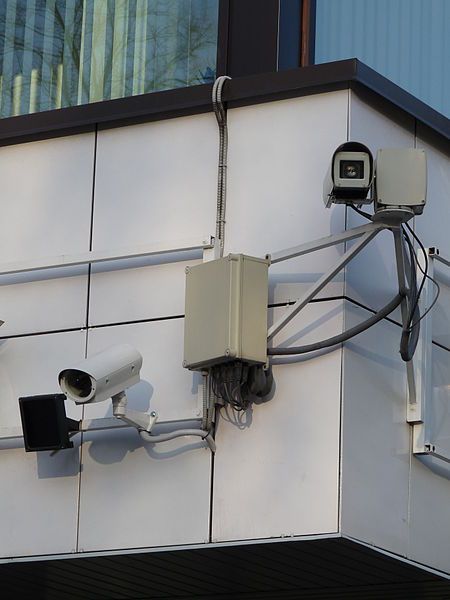
Surveillance systems play an important role in providing safety and security by helping to tackle crime and terrorism. A recent EU-funded project worked to ensure this doesn't come at the expense of privacy.
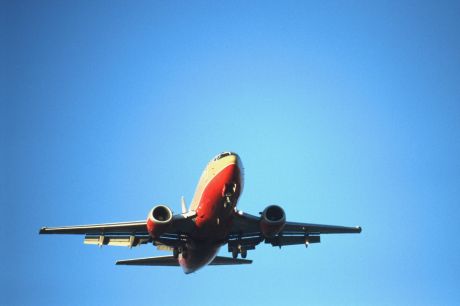
The return on investment for inspection and maintenance technologies for the aerospace sector is among the highest of any area of the economy. New inspection and self-healing technologies will have major impact on competitiveness and safety.

An EU team is developing systems for detecting atmospheric conditions that cause aircraft icing. Work includes the selection of suitable probes, instruments and detection systems, plus their installation on aircraft for flight testing.
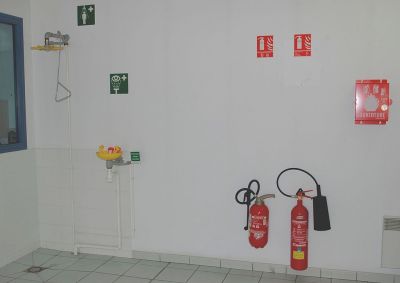
An EU team plans to help integrate total safety management (TSM) into general business operation. Results to date include new sets of software tools for management, intended to streamline the integration.
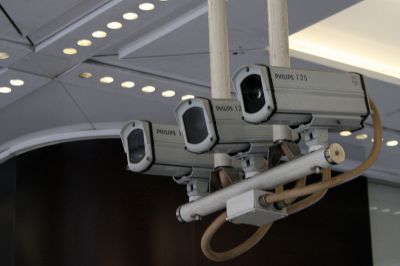
By combining visual feeds from video cameras with data from different kinds of sensors, new security systems can upgrade the safety of critical infrastructure. An EU initiative has developed cutting-edge technology to help prevent vandalism, pre-empt terrorism, control costs and save lives.

A global collaboration has collected information on and developed strategies for global risk-based management of harmful chemicals and additives.

An EU team created a list of requirements for new technologies able to protect buildings from terrorist threats. Produced from simulated threat scenarios, the results guided development of new antiterrorism products.

Efforts have been made to improve resilience to terrorist attacks and safety incidents in passenger stations and terminals via technologies that assess risks.
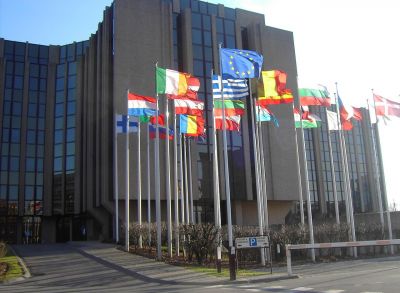
Natural and man-made threats in Europe need more proactive measures to ensure a more peaceful and secure society for its citizens.

Creating a 'house' of security for major events in Europe has helped unify policing approaches, enhancing safety and security during events across the continent.

Researchers examined the quality and effects of EU criminal intelligence. Europe is involved in the practice, but efforts are fragmented and uncooperative; such work may breach presumptions of innocence and is not recommended as trial evidence.
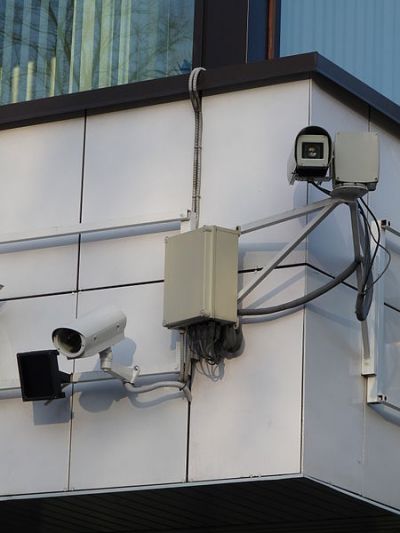
EU-funded research has promoted dialogue between detection technology manufacturers and counter-terrorism law enforcement officials who use this technology. The initiative helps to better align counter-terrorism activities with human rights and ethical standards.
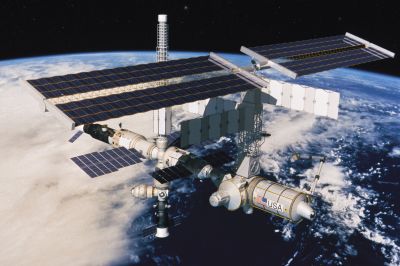
Copernicus services for security applications are approaching operational maturity, but progress in the areas of governance and data security policy slow down the transition from pre-operational to operational services. An EU project strove to remove this obstacle by developing models for effective governance of this facility.

An EU research project has investigated the underlying causes of avalanches, hoping to improve avalanche prediction methods.
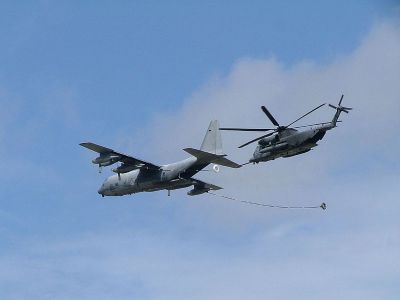
Growth of microorganisms in aircraft fuel tanks can block the flow of fuel and cause corrosion, affecting both safety and maintenance costs. Novel antimicrobial coatings could solve the problem simply and effectively.
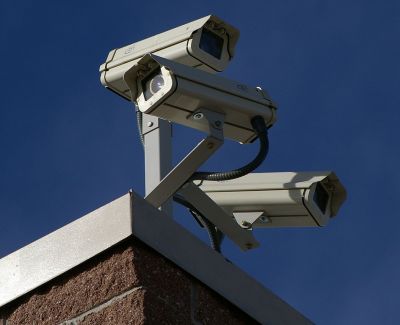
Balancing security and privacy in video surveillance poses several challenges. An EU-funded initiative developed a novel video surveillance system to automatically, accurately and reliably determine relevant information and securely erase unimportant data.
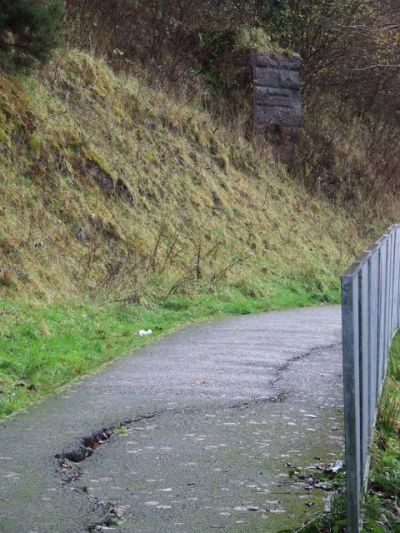
Coastal lowlands are threatened by processes affecting land elevation as well as mean sea level. EU-funded scientists have expanded the European Earth observation (EO) programme Copernicus to include a module that pieces together the relative motions of the two environments to assess land subsidence hazards.

Aircraft safety requirements are among the most stringent around. Advanced fibre optic structural health monitoring (SHM) technologies will support aircraft safety while significantly reducing maintenance and operating costs.

Existing smoke detectors have several drawbacks. An EU initiative is developing cutting-edge technology to improve fire detection for these units.

An EU team studied change, identity and leadership of policing in Europe. Interviews and surveys from 10 countries with more than 10.000 police officers, representatives of the public and the media provided insights into the factors that shape change effectiveness in police organizations; the project also documented case studies and best practices.
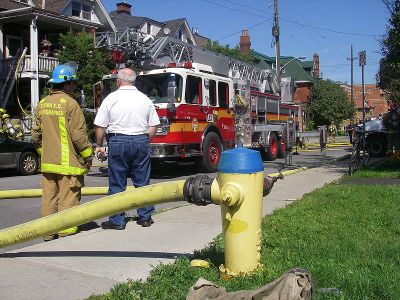
An EU-funded project facilitated the transition of Copernicus security services from a pre-operational stage to operation. European citizens will benefit from the enhancement of services providing early warnings of natural hazards and supporting the management of humanitarian crises and violent conflicts.

An EU team is developing enhancements for maritime border surveillance systems. The work unifies European national systems, improving automated detection of suspicious or abnormal vessel patterns and offering extended threat detection.
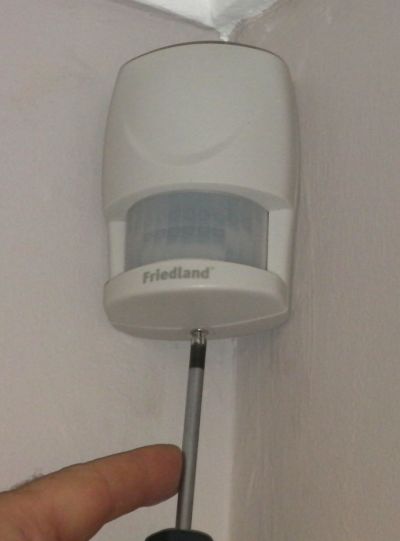
EU funding has supported the development of a comprehensive and targeted alerting tool for optimal communication during crisis situations, and the development of tools for simulating the effect of alerts on the target population. The project accounted for both situational context and socio-cultural characteristics of the intended population.

Un grupo de la Unión Europea ha unido sus fuerzas para garantizar los sistemas de control de infraestructuras críticas (IC) frente a futuros ciberataques. Los sistemas integrados se basan en el uso de nuevas metodologías y arquitecturas de software, y mejoran la detección y la respuesta ante amenazas.

An EU group is helping to secure critical infrastructure (CI) control systems against future cyberattacks. The integrated systems will rely on new methodologies and software architectures, providing improved threat detection and response.
























